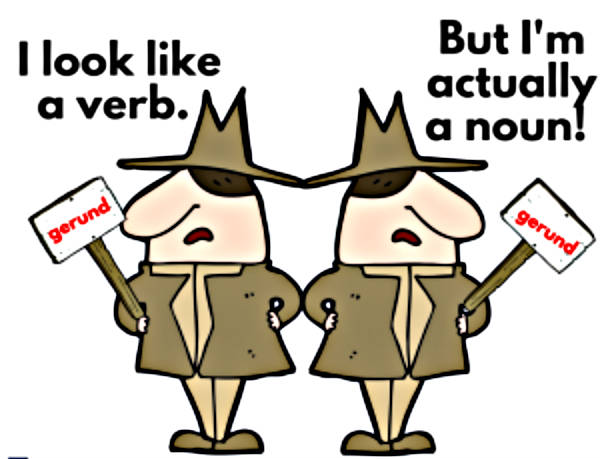
A gerund is a type of verbal noun that is formed by adding the suffix "-ing" to a verb. Gerunds are used to represent actions or activities as nouns in a sentence. Here are some key points about gerunds:
Function as Nouns
Gerunds function as nouns in sentences, and they can serve various roles just like other nouns. They can be used as subjects, objects (direct or indirect), objects of prepositions, and more.
Subject
"Swimming is good exercise." (Here, "Swimming" is the subject of the sentence.)
Object
"I enjoy swimming." (Here, "swimming" is the direct object of the verb "enjoy.")
Object of Preposition
"He is interested in swimming." (Here, "swimming" is the object of the preposition "in.")
Expressing Actions
Gerunds represent actions or activities in a more general or abstract way. They don't specify when the action occurred or who performed it.
"I love dancing." (The gerund "dancing" represents the action of dancing in a general sense.)
Continuous Actions
Gerunds are often used to describe ongoing or continuous actions. When combined with the verb "be," they can form the present continuous tense.
"She is swimming in the pool." (Here, "swimming" is a gerund used to create the present continuous tense.)
No Tense
Unlike finite verbs, gerunds have no tense of their own. They are always in the present form, but the context of the sentence determines the timing of the action.
Common Usage
Gerunds are commonly used to talk about hobbies, activities, preferences, and actions in a more general sense.
- "His hobby is painting."
- "She enjoys reading."
- "I have a passion for cooking."
In summary, gerunds are verb forms ending in "-ing" that function as nouns, representing actions or activities in a sentence. They are versatile and used in various contexts to express ongoing or general actions.
